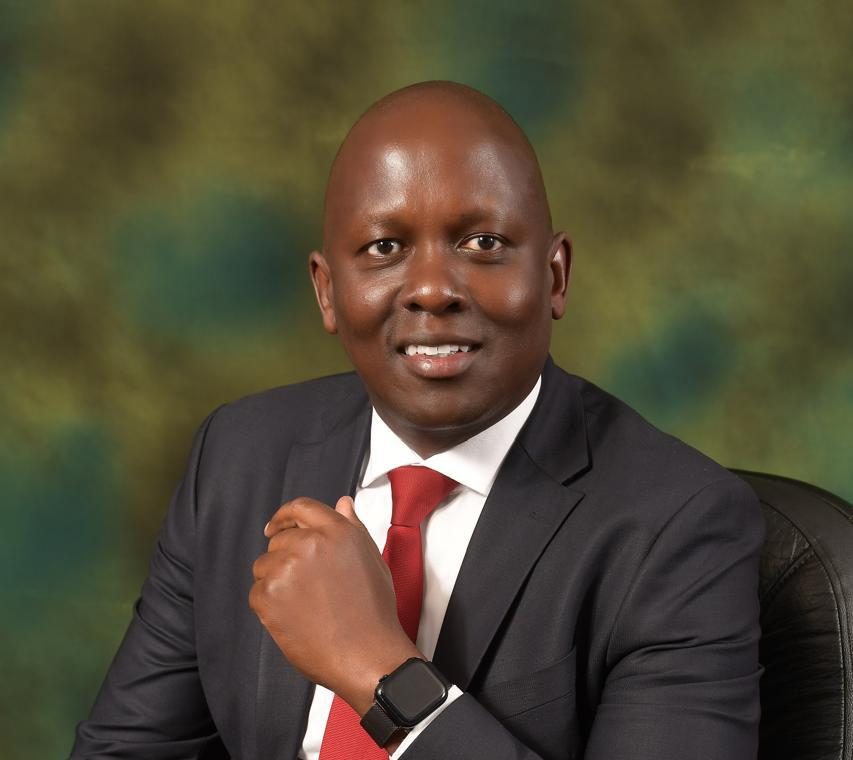Boards of Managements (BoMs) play an integral role in the running of schools and most top performing institutions more often than not have such such strong structures backing them.
Ideally, this treatise revolves around BoMs in schools: rationale, functions, appointment, terms of service, dissolution, qualifications, composition, co-option, inauguration, committees, effectiveness and challenges.
Rationale
The Basic Education Act 2013 spells out. Existence of BoM for every public pre-primary, primary, secondary, adult and continuing education centres, multi-purpose development training institutes and middle-level institutions of basic education.
Functions
BoMs represent the Cabinet Secretary (CS) of Education in institutions. Then, BoMs are in place to manage institutions, make decisions and take part in budgeting. It is incumbent upon BoM to promote development in institutions. Promote quality education and high standards. Ensure there are adequate physical facilities in institutions. Ensure that there is strict adherence to safety and health standards.
Moreover, BoMs should advise the County Education Board (CEB) on the staffing needs of the institution. Determine discipline cases and submit them to CEB. Prepare comprehensive termly reports. Ensure there is effective guidance and counselling of learners. They promote welfare, rights and safety of learners, teaching and support staff. Encourage dialogue and democratic governance of the school. Likewise, BoMs should promote the spirit of cohesion, peace, tolerance and inclusion. Eliminate hate speech and all forms of corruption. Encourage all stakeholders to play their part. Mobilise resources. Manage resources available. Receive, collect and account for school funds. Recruit, employ and remunerate staff where applicable.
Appointment
Nominations happen at the school level. CEB vets and approves the nominees. The County Director of Education (CDE) shares letters of appointment on behalf of CEB.
Terms of Service
The law stipulates that the BoM stint in office should take a span of 3 years, which shall be renewable for 1 further term.
Dissolution
Dissolution of BoM can occur due to gross misconduct. When it becomes incapable of discharging its duties. When the institution changes its mandate or ceases to exist. When CEB dissolves the BoM, it appoints an Interim Committee of 5 members to manage the institution.
Qualifications
In secondary schools or middle-level colleges, BoM members should wield a degree from a recognised university and a KCSE certificate. It is important to consider ethnic and regional diversity of the people of Kenya. Then, the need for gender balance. BoM members should be people with integrity.
Composition
There should be: 1 representative of the teaching staff in the school elected by teachers. 3 members to represent sponsor. 1 person to represent special interest groups in the community. 1 person to represent persons with special needs. 6 people elected to represent parents or guardians of students in the school or local community. 1 person nominated by CEB. 1 representative of the Student Council as ex-officio member.
Co-option
BoM from time to time, co-opts into its meetings people it perceives possess requisite skills. For instance, during a particular session, the BoM may invite the area chief or a certain consultant.
Inauguration
After the appointment, there is the inauguration of the BoM, which marks the commencement of its operation. During inauguration, there is confirmation of receipt of letters of appointment by the new members. Confirmation of acceptance of appointment by members follows suit. Then, confirmation of the principal as secretary to the BoM. There is the election or confirmation of the chairperson and vice chairperson. Election of executive committee members takes place, followed by the election of signatories to the school accounts.
Committees
The BoM of an institution establishes some key committees to assist it in execution of some core functions. These are some examples of BoM committees: Finance, Procurement and General Purpose Committee, Academic Standards, Quality and Environment Committee, Discipline, Ethics and Integrity Committee, Audit Committee, Human Rights and Student Welfare Committee, Infrastructure Committee, et cetera.
Effectiveness
When an institution has an effective BoM, there is prudent financial management. There are regular meetings marked with objective discussions. When the BoM is effective, the level of dedication and devotion among members to the affairs of the institution is top-notch. BoM participates in major events staged by the school. Then, when the management is deft, it is keen to provide teaching and learning materials. Effective BoMs ensure that there is cordial relationship between the community and the school. When the BoM is effective, it mitigates disasters that can paralyse Teaching and Learning (TL). Effective BoMs prioritise welfare of students and staff.
Challenges
Finally, some challenges BoMs face include lack of focus on the main mandate. Conflict of interest. Wrangles and differences among members. Preposterous demands from the school sponsor. Political interference. Lack of knowledge revolving around roles and responsibilities. Conflict between BoMs and Parents Association (PAs). Due to cash crunch in some schools, BoM members may fail to get reasonable remuneration. Dearth of interest and commitment in members can also be a challenge.
-By Victor Ochieng’
The writer is an editor, author, trainer and peripatetic speaker.
Get more stories from our website: Education News
To write to us or offer feedback, you can reach us at: editor@educationnews.co.ke
You can also follow our social media pages on Twitter: Education News KE and Facebook: Education News Newspaper for timely updates.
>>> Click here to stay up-to-date with trending regional stories






